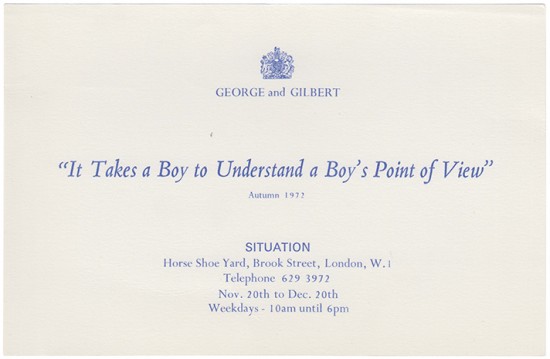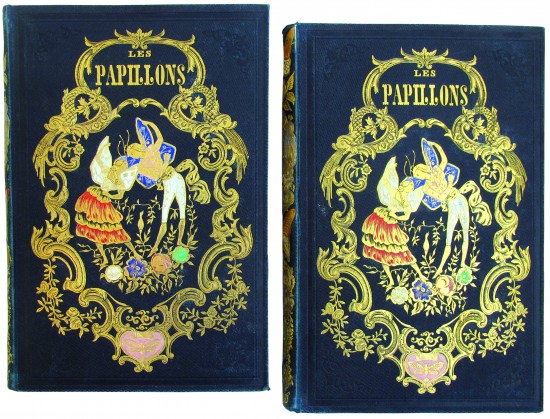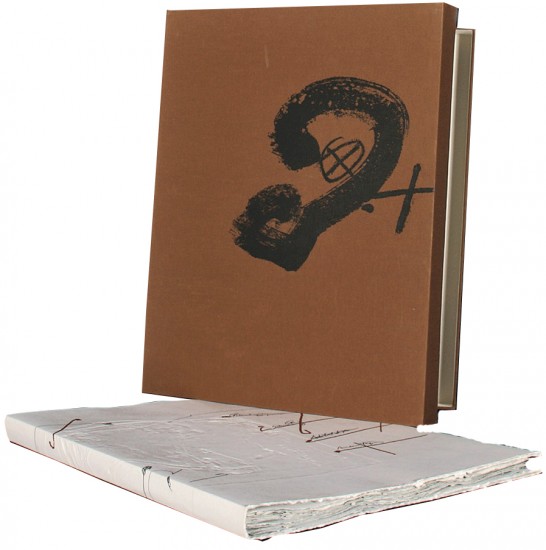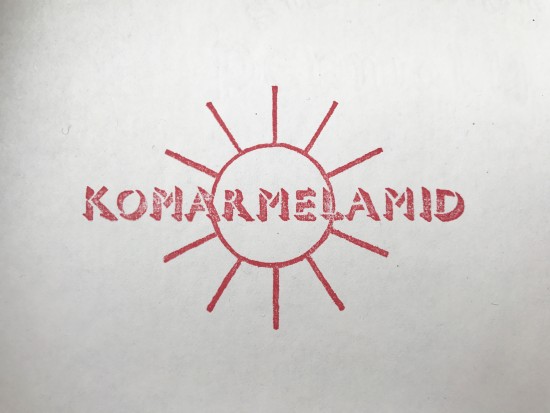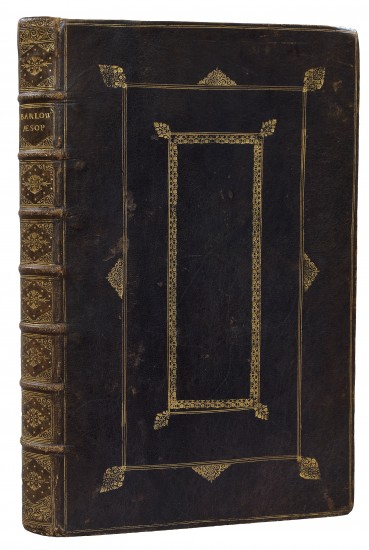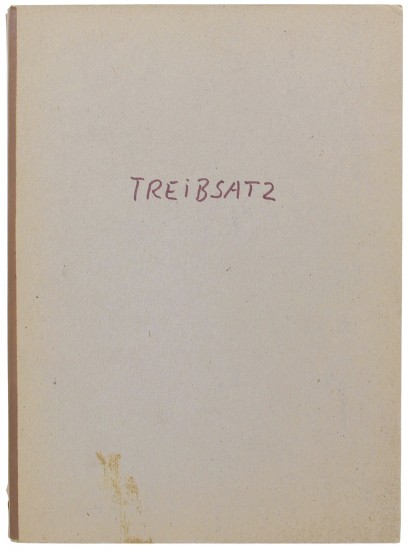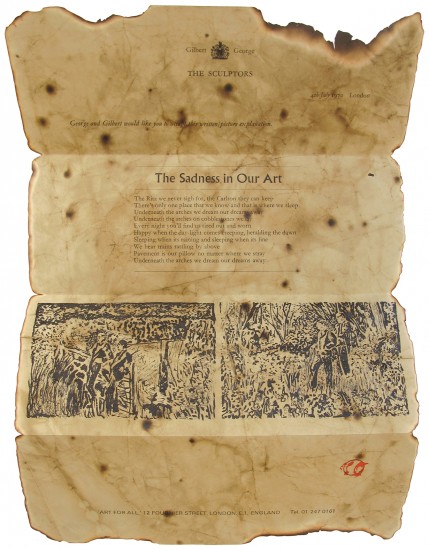Russian Ballet
Bomberg, David
London. The Bomb Shop / Hendersons, 66 Charing Cross Road. 1919
Sold
An excellent example of David Bomberg's scarce post-Vorticist 'contstructive-geometric' artist book 'Russian Ballet'.
Although unstated, the edition of 'Russian Ballet' was likely small and Castleman suggests plausibly that it was in the region of 100 copies; David Bomberg's first wife, Alice Mayes, recalls that the edition was smaller, limited to 50 copies: 'He [Bomberg] printed, or rather lithographed, fifty of these booklets, and I helped to cut the covers and sew them on ... '.
'The architectonic structure of all the plates firmly establishes their genesis within the period when Bomberg proclaimed 'I appeal to a Sense of Form ... I completely abandon Naturalism and Tradition. I am searching for an intenser expression' ... The entire project ... came to fruition like an Imagist poem, as the result of a confluence of ideas.' (Avant-Garde British Printmaking 1914 - 1960, pp. 42 / 44).
'Bomberg's work was in his 'constructive-geometric' style which he had developed before 1914. The drawings were apparently done before the war and lithographed at the time of Diaghilev's visit to London with his ballet. The dealer Jacob Mendelsen brought Diaghilev, Bomberg and Henderson, the owner of the Bomb Shop, together to plan the publication, and financed it himself. Bomberg stated that he printed the lithographs himself with his one blank verse poems in seven printings, and that the abstract drawings had been done on the inspiration of the ballet himself ... Diaghilev objected to Bomberg's efforts to sell the publication like a programme at 2s. 6d. a time.' (From Manet to Hockney).
[Castleman 143; From Manet to Hockney 46; Carey / Griffiths 17].
Although unstated, the edition of 'Russian Ballet' was likely small and Castleman suggests plausibly that it was in the region of 100 copies; David Bomberg's first wife, Alice Mayes, recalls that the edition was smaller, limited to 50 copies: 'He [Bomberg] printed, or rather lithographed, fifty of these booklets, and I helped to cut the covers and sew them on ... '.
'The architectonic structure of all the plates firmly establishes their genesis within the period when Bomberg proclaimed 'I appeal to a Sense of Form ... I completely abandon Naturalism and Tradition. I am searching for an intenser expression' ... The entire project ... came to fruition like an Imagist poem, as the result of a confluence of ideas.' (Avant-Garde British Printmaking 1914 - 1960, pp. 42 / 44).
'Bomberg's work was in his 'constructive-geometric' style which he had developed before 1914. The drawings were apparently done before the war and lithographed at the time of Diaghilev's visit to London with his ballet. The dealer Jacob Mendelsen brought Diaghilev, Bomberg and Henderson, the owner of the Bomb Shop, together to plan the publication, and financed it himself. Bomberg stated that he printed the lithographs himself with his one blank verse poems in seven printings, and that the abstract drawings had been done on the inspiration of the ballet himself ... Diaghilev objected to Bomberg's efforts to sell the publication like a programme at 2s. 6d. a time.' (From Manet to Hockney).
[Castleman 143; From Manet to Hockney 46; Carey / Griffiths 17].
[4 bifolia: 8 unnumbered leaves]. 8vo. (218 x 142 mm). Leaf with half-title, leaf with title recto and original colour lithograph by Bomberg verso, 6 leaves with Bomberg's verse and 5 original colour lithographs, final verso blank. Stitched as issued in original cream printed wrappers with titles to front cover and publisher's details to rear in black.
#46124

